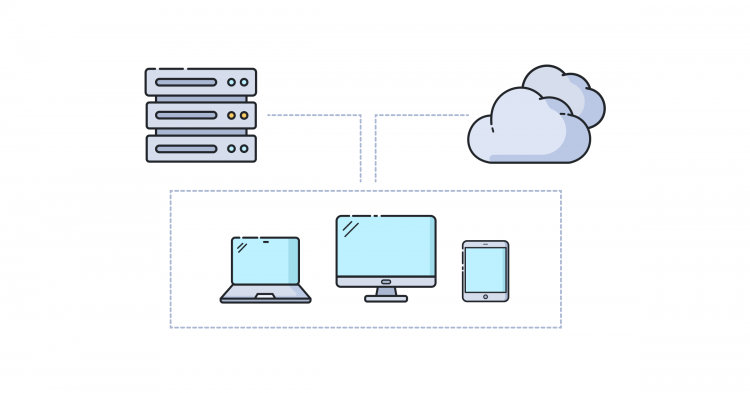The global Virtual Desktop Infrastructure (VDI) market is a cornerstone of the modern digital workspace, providing a centralized and secure mechanism for delivering virtual desktops and applications to any user, on any device, in any location. This market is experiencing a significant and sustained period of growth, driven by the mass adoption of remote and hybrid work models, the increasing need for enhanced data security and compliance, and the strategic imperative for businesses to simplify desktop management and improve IT agility. The ecosystem of Virtual Desktop Infrastructure Market Companies is a complex and highly competitive landscape, composed of several distinct categories of players. These include the major virtualization and cloud computing giants who provide the foundational platforms, specialized vendors focusing on performance optimization and user experience, and a host of hardware providers offering VDI-optimized thin clients and converged infrastructure. These organizations are all competing to provide the essential software and hardware that enables businesses to abstract the desktop operating system from the underlying physical device, thereby creating a more flexible, secure, and manageable end-user computing environment.
A granular analysis of the market's key participants reveals a clear segmentation based on their role in the technology stack and their strategic focus. At the apex of the market are the major platform providers, most notably VMware (now part of Broadcom) and Citrix (now part of Cloud Software Group). These two companies have been the dominant forces in the market for decades, with their flagship products, VMware Horizon and Citrix Virtual Apps and Desktops, holding a significant share of enterprise deployments. Their strategy is to provide a comprehensive, end-to-end platform that includes the core virtualization broker, the display protocol, and a suite of management and security tools. Their competitive advantage lies in their extensive feature sets, their deep integration with enterprise infrastructure, and their vast ecosystems of partners and certified professionals. A second, and increasingly powerful, category consists of the major public cloud providers. Microsoft, with its Azure Virtual Desktop (AVD), and Amazon Web Services (AWS), with Amazon WorkSpaces, are disrupting the market with their Desktop-as-a-Service (DaaS) offerings. Their strategy is to offer VDI as a fully managed, cloud-hosted service, which eliminates the need for businesses to build and manage their own complex on-premise VDI infrastructure.
A third category includes a wide range of enabling technology providers that are essential to the VDI ecosystem. This includes companies that specialize in user environment management, application layering, and performance monitoring. It also includes the major hardware vendors like Dell (with Wyse thin clients), HP, and IGEL, who provide the endpoint devices used to access the virtual desktops. Furthermore, companies like NVIDIA have become critical players by providing the virtual GPU (vGPU) technology that is essential for delivering high-performance graphics and compute-intensive applications within a VDI environment. The Virtual Desktop Infrastructure (VDI) Market size is projected to grow USD 57.8 Billion by 2030, exhibiting a CAGR of 18.20% during the forecast period 2024 - 2030. The strategic imperatives for all these players are converging on key themes like simplifying management, improving the user experience to be indistinguishable from a physical PC, and providing robust, multi-layered security for the distributed workforce.
Top Trending Reports -
India Communications Interface Market
 Free IL
Free IL


